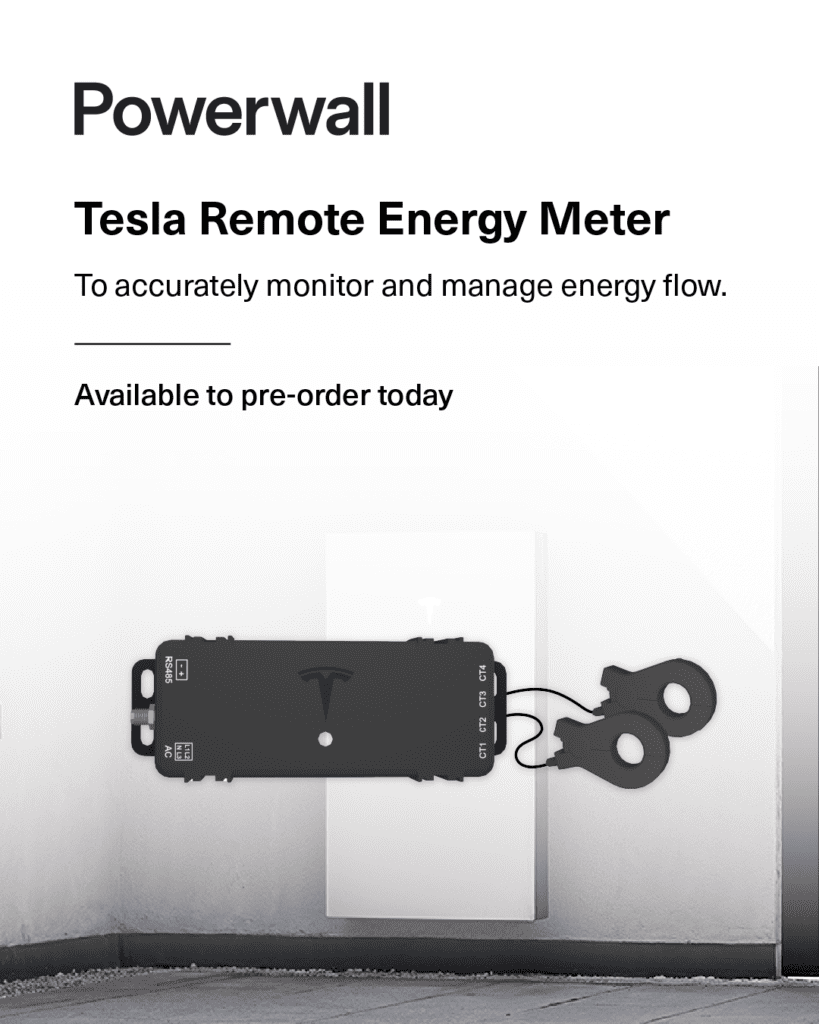
Techie Top Tip: Lofty Ambitions
Apr 12, 2024 | Business
‘Lofty ambitions’ : Battery storage location considerations in the home
There has been an awful lot of online talk in the last few days surrounding the newly released PAS63100:2004 document by BSi. Let’s dig into it a little and cherry pick some of the more prudent points contained within.
It’s entitled Electrical Installations – Protection against fire of battery energy storage systems for use in dwellings – Specification.
The first thing to consider is that this is of course simply guidance for choosing a battery storage location. Considering the list of the authors and contributors listed in the document, these same people/parties seem to overlap with the list of authors of the IET (The Institution of Engineering and Technology) Code of Practice docs, so I wouldn’t be too surprised to see the next iteration (3rd edition) of the IET code of practice taking considerable inspiration from this BSi doc. Let’s face it, considering the fast-moving nature of the industry, we’re long overdue a newly updated IET doc, which is actually due later this month.
Also, much of the information in the new BSi document isn’t necessarily all new, as many of the points are touched upon in the existing IET COP (2nd edition) document.
It’s worth bearing in mind though, that when researching purchasing a battery system, the typical homeowner isn’t likely to shell out £80 for an IET document as background reading, but this new freely available PAS (Publicly Available Specification) BSi document will likely help educate provide awareness for them around the subject prior to their purchase and discussions with prospective installers.
Guidance
In addition, in time, I wouldn’t be surprised if this sort of guidance would help inform how home insurance companies consider premiums and terms/conditions for homeowners with battery storage systems. Whilst such a guidance document is of course not retrospective relating to existing installations, insurance companies are likely to consider existing and new battery systems identically in respect to the perceived risk.
Fire considerations
Much of the online chatter in recent days has been relating to the guidance in section 6.5 of the PAS document (Protection against fire). It makes specific recommendations relating to battery storage locations within the home – specifically the question of whether you should or shouldn’t install the battery system in a loft or attic space. The PAS document really isn’t keen on you installing in the loft.
Loft installations
This is not necessarily ‘new’ information as such – there is a considerable checklist in the IET COP relating to battery systems in lofts. Battery manufacturers will surely have their own take on whether their equipment is suitable for installation in lofts. 134.1.1 of the Wiring Regs reminds the installer that they should “take account of manufacturers’ instructions”.
The new guidance document does recognise that ‘PCE’ (Power Conversion Equipment), or rather ‘inverters’ to me and you, can (and do) get installed in loft spaces, albeit with a caveat regarding the need for appropriate fire detection systems. This is not really new information either as the IET COP also already refers to this. In reference to appropriate fire detection systems then this has been in the wiring reg for some time. So, it shouldn’t come as a surprise to any of us! 560.10 of the Wiring regs bumps the reader to refer to the terms under the BS5839 documents relating to fire detection and alarm systems in buildings. This makes specific reference to the need to consider potential ignition sources and appropriate fire detection/alarm systems in a loft.
The bottom line is that it’s the undertaking of a fire risk assessment that would ultimately guide the installer on the best battery storage location in a home. This will clearly be different from property to property, and from install to install.
It’s Your Call, but…
As a distributor we of course can’t give you specific advice on whether you should or shouldn’t be installing battery systems in a loft, this is of course your own judgement based upon the weighing up of the risks and requirements.
Location, Location
When installing indoors, the document also mentions the specific guidance on the requirement of “fresh air ventilation to outdoors” for the system. Therefore, if you’re installing your system in a spare room, utility room or garage then you would need to consider if there is specific ventilation. A garage is not so much of an issue due to the increased ‘adventitious air’ but this depends on the garage door type. Other installation locations may require additional thought. One solution is to ensure “fire resisting separation from indoor locations” as discussed in section 6.5.3 of the PAS. But, this will of course have its own cost implications. Again, ventilation is not a new revelation as it’s also previously mentioned in the IET COP book.
Garage Installations
On a slight tangent in reference to garages, there’s an interesting note in the PAS document. It suggests that if you use the garage for parking your car, you’ll also need to consider suitable mechanical impact protection of the battery storage system to IK10 rating.
In a Perfect World…
Installation of battery systems outside of the dwelling is clearly where the PAS document is trying to steer people. But, this does also come with its own set of challenges and guidance notes. You need to do more than simply look at the IP rating of batteries for outdoor installs. Manufacturers typically stipulate those systems (i.e. inverters and battery storage) are kept away from direct sunlight and direct rain. They also ask that water must not sit on the equipment. Canopies such as these from Outsunny are a good way to shelter equipment.
Lastly, please do consider the performance of your battery system in relation to the location. Cold temperatures can have an effect on the performance of the battery system.
Please do consider all the factors at play when choosing a battery storage location.
– By Steve Donovan – Head of Technical UK & Ireland
Glossary of terms
IET – The Institution of Engineering & Technology
BSi – The British Standards Institution
PAS – Publicly Available Specification
PCE – Power Conversion Equipment
COP – Code of Practice
Download PAS63100:2024 here
You can find the latest industry news as well as Techie Top Tips here, in the Segen blog.
Don’t forget – we have a team of extremely qualified and experienced Technical Support engineers. They are available to support you for your pre-sale and post-sale Segen queries. We are available from 9am to 5pm by calling 0330 9000 141, then selecting option 2.









